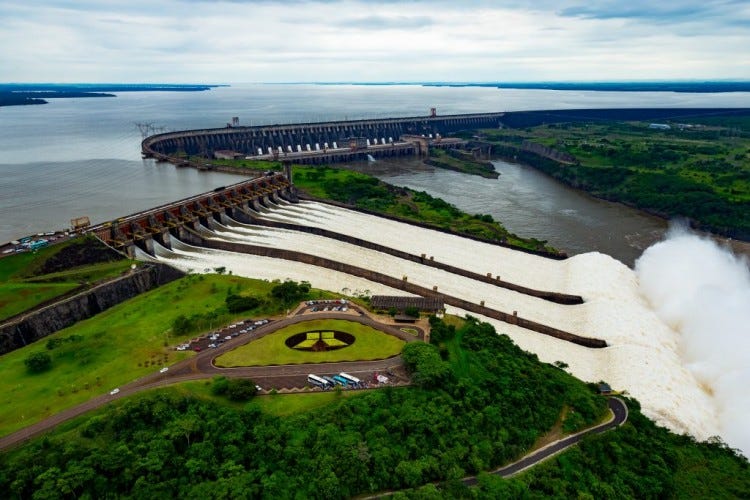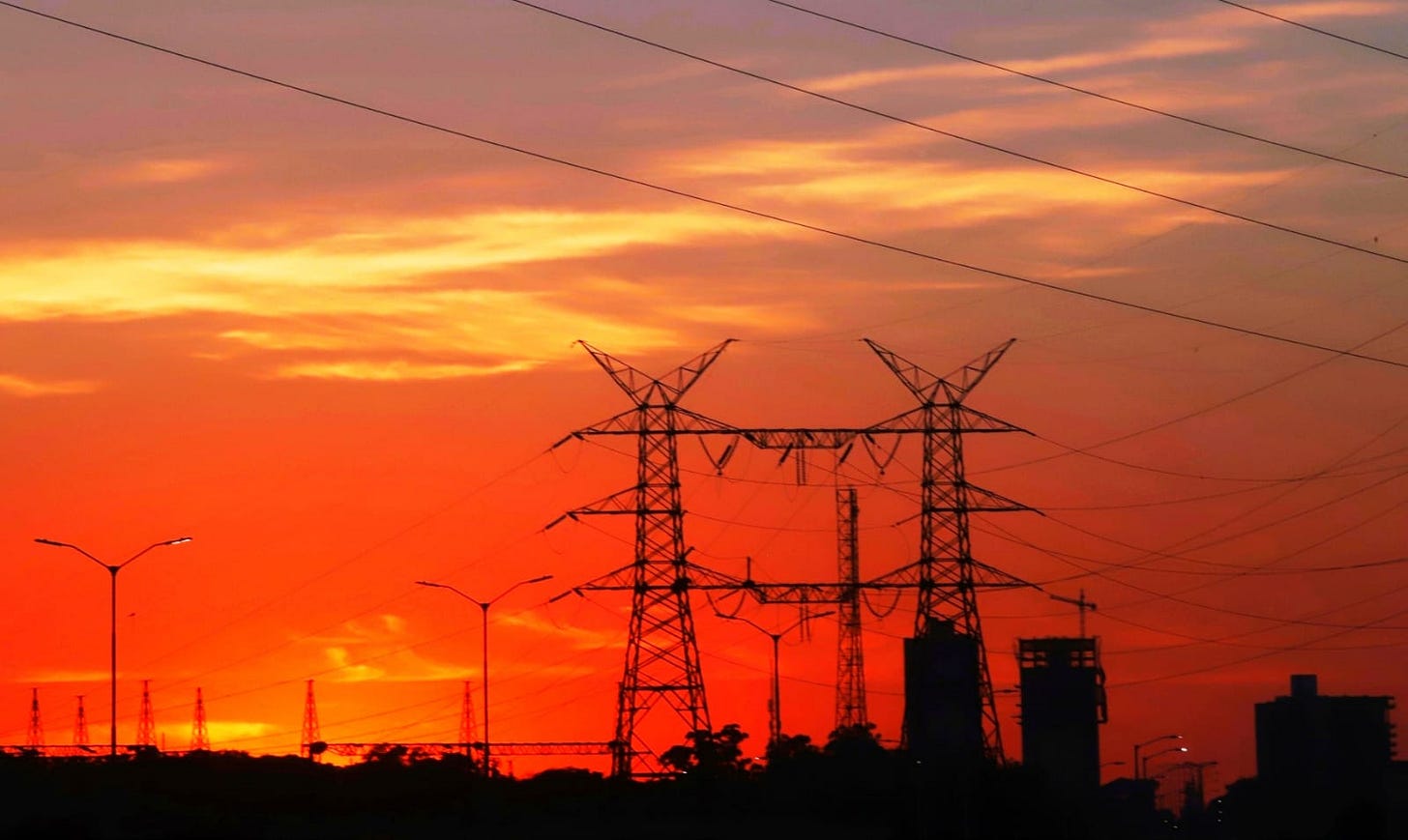Paraguay Is Running Out Of Power
Experts say rolling blackouts are possible by 2030.

Paraguay is one the world’s biggest exporters of energy. Together with Brazil, it owns the third-largest hydroelectric dam on the planet, Itaipú, which holds two Guinness World Records for its construction cost and the sheer quantity of energy it has produced. Paraguay also shares the lesser Yacyretá dam with Argentina and owns the Acaray facility not far from Itaipú.
Yet Paraguay only uses 16 percent of the power it produces, with the rest exported to Brazil and Argentina at well below market rates. Moreover, far from the often repeated claim that Paraguay runs on 100 percent renewables, around a third of its domestic energy demand is supplied by biomass (think: charcoal and wood, much of it from native forests) and another third from costly imported oil and gas.
And as demand mounts from energy-intensive industries like cryptocurrency mining, Paraguay faces a startling new scenario, according to a recent report by the UIP industrial lobby group: energy shortages, and even rolling blackouts, as soon as 2030.
Trust the plan

Temporary power cuts are nothing new in Paraguay.
But rising temperatures and fiercer storms are straining the country’s grid: starved of investment in favor of an economic model that prioritises energy exports. Nor has Paraguay, notwithstanding growth in the maquila sector, been able to build an industrial base to take advantage of its fast-diminishing energy bounty.
The outlook gets worse with every year, with growth in domestic electricity use far outstripping official projections.
Keep reading with a 7-day free trial
Subscribe to The Paraguay Post to keep reading this post and get 7 days of free access to the full post archives.



